Foam Fire Extinguisher: An Essential Safety Tool
Foam fire extinguishers are a critical component in the arsenal of firefighting equipment. Designed to tackle fires that involve flammable liquids and solids, these extinguishers are filled with a foam-producing substance that cools the fire and coats the fuel, preventing its contact with oxygen. This category encompasses a variety of foam extinguisher types, each tailored to specific fire-fighting scenarios.
Understanding Foam Extinguisher Composition
The effectiveness of a foam fire extinguisher lies in its contents, which typically include aqueous film-forming foam (AFFF) or other foam concentrates. When deployed, the foam for fire extinguisher blankets the burning material, cutting off the oxygen supply and suppressing the flames. The materials used in these extinguishers, such as carbon steel or brass, are chosen for their durability and resistance to corrosion.
Types and Applications of Foam Extinguishers
There are several foam fire extinguisher types available, each designed for different fire classes. For instance, AFFF extinguishers are particularly effective against hydrocarbon-based liquid fires, making them suitable for locations storing fuels or solvents. On the other hand, mechanical foam fire extinguishers are often used in areas with solid combustibles like paper or wood.
Features and Advantages of Foam Extinguishers
The primary feature of a foam type fire extinguisher is its ability to provide a barrier between the fuel and the fire, which is essential in fighting fire with foam. These extinguishers are known for their rapid knockdown of flames, making them an efficient choice for immediate fire suppression. Moreover, the residue left by foam extinguishers is less destructive compared to other agents, which is a significant advantage during the cleanup process.
Choosing the Right Foam Extinguisher
Selecting the correct foam type extinguisher involves understanding the specific fire risks present in an environment. For instance, a fire suppression foam system might be necessary for large-scale industrial areas, while a portable foam fire extinguisher use might be more appropriate for small businesses or residential properties. It is crucial to assess the potential fire types to ensure adequate protection.
Safe and Effective Use of Foam Extinguishers
Proper usage of a foam extinguisher is paramount for safety and effectiveness. Training on how foam extinguishes a fire by cooling and separating the fuel from oxygen is essential for potential operators. It's also important to note that while foam extinguishers are versatile, they are not suitable for all fire types, such as electrical fires or kitchen fires involving cooking oils and fats.






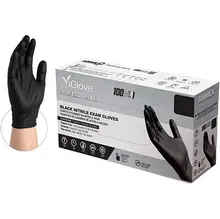


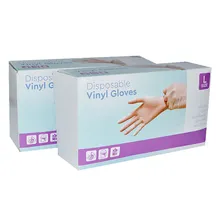


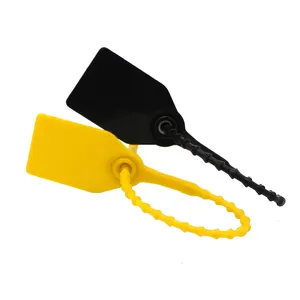



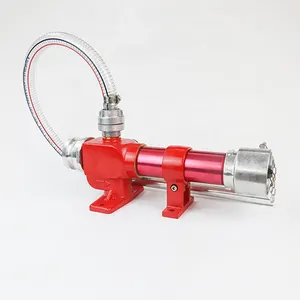
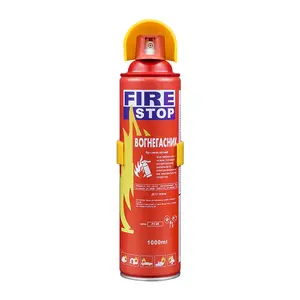
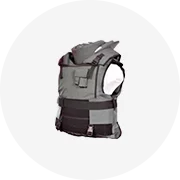

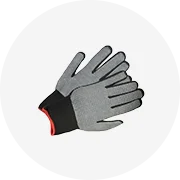
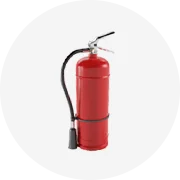
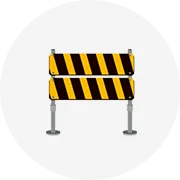








 浙公网安备 33010002000092号
浙公网安备 33010002000092号 浙B2-20120091-4
浙B2-20120091-4